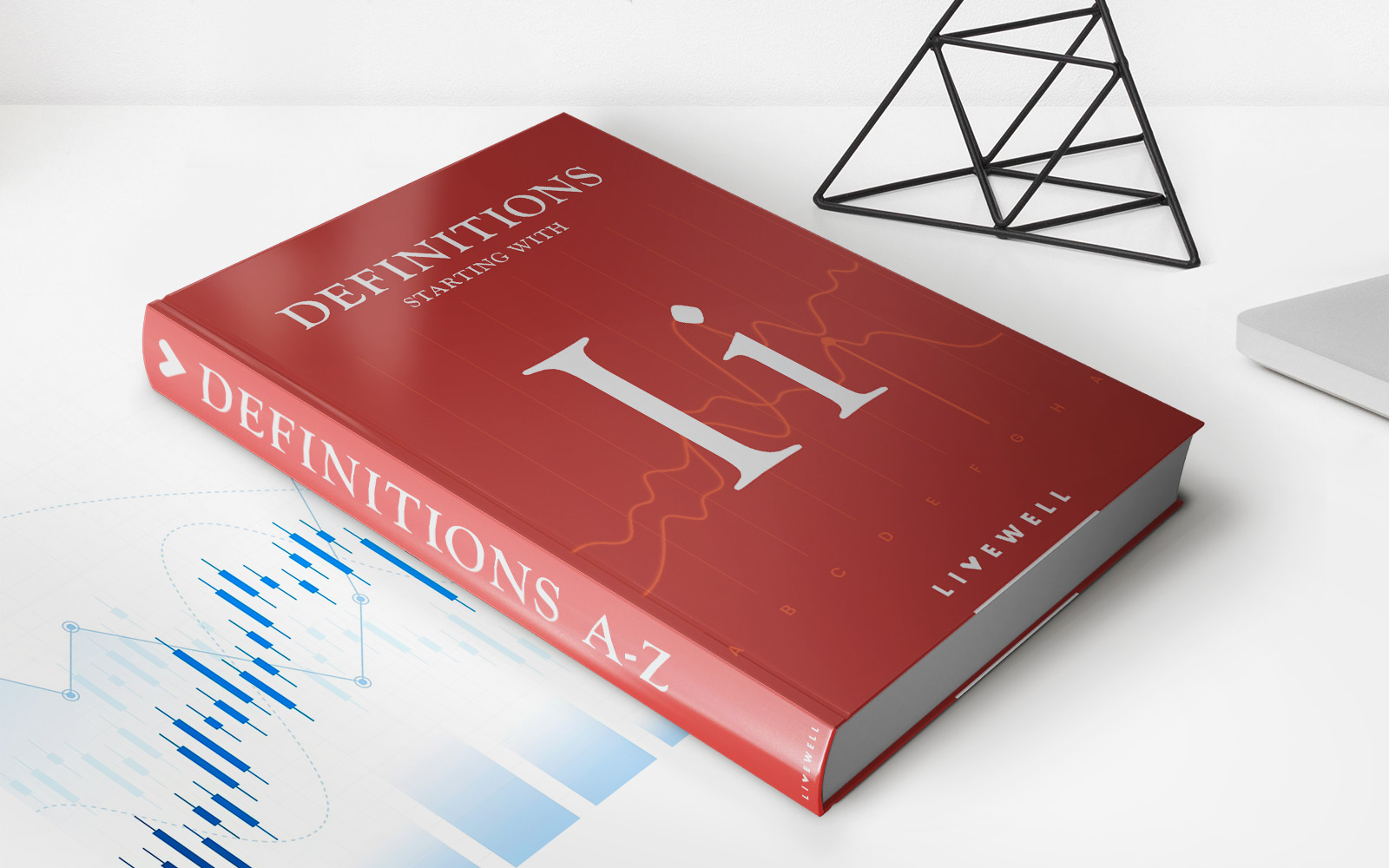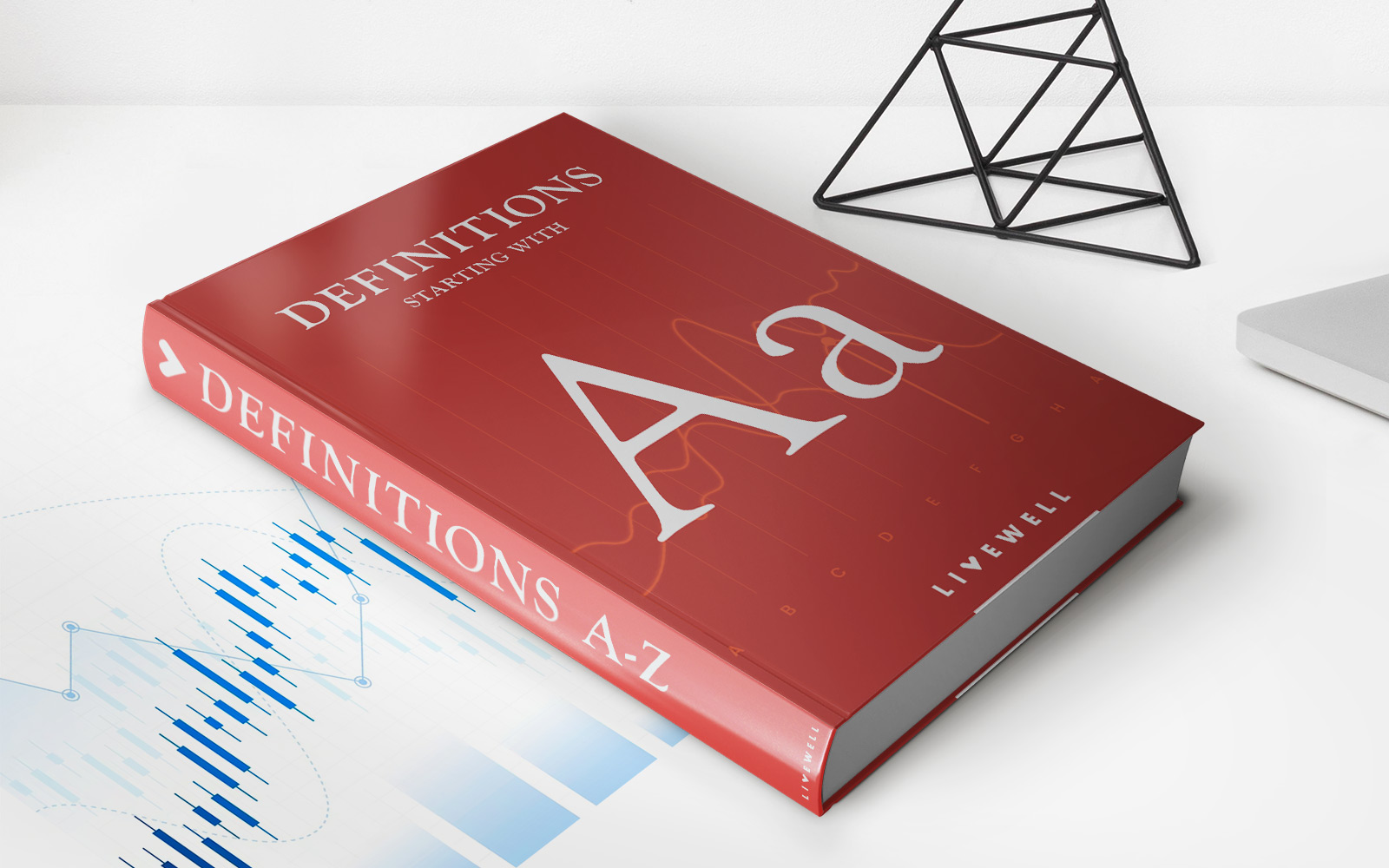Home>Finance>Bullet Repayment: Definition, Examples, Vs. Amortization


Finance
Bullet Repayment: Definition, Examples, Vs. Amortization
Published: October 20, 2023
Discover the meaning of bullet repayment in finance and explore its examples, while understanding the key differences between bullet repayment and amortization methods.
(Many of the links in this article redirect to a specific reviewed product. Your purchase of these products through affiliate links helps to generate commission for LiveWell, at no extra cost. Learn more)
Bullet Repayment: Definition, Examples, Vs. Amortization
Are you in the world of finance and looking for effective loan repayment strategies? You’ve come to the right place! In this blog post, we will delve into the concept of bullet repayment and explore its definition, examples, and how it differs from amortization. By the end, you will have a clear understanding of this repayment method and its potential benefits.
Key Takeaways:
- Bullet repayment is a type of loan repayment strategy where the borrower pays back the principal amount in a lump sum at the end of the loan term.
- This method provides flexibility to borrowers, as they can focus on interest payments throughout the loan duration and arrange the principal amount for repayment at the end.
What is Bullet Repayment?
Bullet repayment is a loan repayment strategy that allows the borrower to defer the repayment of the principal amount until the end of the loan term. Unlike traditional amortization, where borrowers pay both interest and principal throughout the loan duration, bullet repayment primarily focuses on settling the interest payments over time. At the end of the loan term, the borrower repays the entire principal amount in one lump sum.
This repayment method provides flexibility to borrowers, especially those with irregular income streams, as they can keep their cash flow free from principal repayments during the loan term. Instead, they can allocate their resources towards other financial goals or investments, potentially maximizing returns. It can be an attractive option for businesses with seasonal cash flows or individuals expecting a significant payout in the future.
Examples of Bullet Repayment
Let’s understand the concept of bullet repayment better with a couple of examples:
- Business Expansion Loan: Imagine you own a small manufacturing company and need funds to expand your operations. You decide to take a bullet loan with a term of 5 years and an 8% interest rate. Throughout the loan term, you pay only interest on the outstanding principal. At the end of the 5-year period, you repay the entire principal amount. This repayment structure allows you to allocate your cash flow towards business expansion activities and defer the principal repayment until your business has grown.
- Real Estate Investment: Suppose you want to invest in a residential property and need a loan to finance the purchase. You choose a bullet mortgage with a term of 10 years and a fixed interest rate. During the loan term, you pay interest on the outstanding principal while simultaneously investing in other avenues to generate returns. At the end of the 10-year period, you repay the principal amount through a lump sum payment. This repayment structure enables you to focus on investment opportunities without being burdened by monthly principal repayments.
Bullet Repayment vs. Amortization
Now, let’s draw a comparison between bullet repayment and the traditional amortization method:
- Repayment Structure: In bullet repayment, borrowers pay only interest during the loan term and repay the principal amount in a lump sum at the end. In amortization, borrowers pay both interest and principal throughout the loan duration.
- Flexibility: Bullet repayment provides more flexibility to borrowers as they can allocate cash flow towards other financial goals during the loan term. Amortization structures require borrowers to make regular monthly payments towards both interest and principal.
- Cash Flow Management: Bullet repayment can be beneficial for individuals with irregular income streams or businesses with seasonal cash flows. Amortization may be more suitable for those who prefer steady repayment schedules and want to build equity in an asset over time.
- Total Interest Paid: In bullet repayment, the overall interest paid can be higher compared to amortization if the loan has a longer maturity period. This is because interest accumulates on the principal amount throughout the loan term.
Ultimately, the choice between bullet repayment and amortization depends on individual financial circumstances, goals, and preferences. It’s essential to carefully consider the pros and cons of each method and assess which strategy aligns better with your specific needs.
Now that you have a solid understanding of bullet repayment, consider exploring this repayment option further with your financial advisor or lender. This repayment method can offer flexibility and help you achieve your financial objectives while managing your cash flow effectively.
Remember, making informed financial decisions is crucial for long-term success. We hope this blog post has provided you with valuable insights into bullet repayment, allowing you to make well-informed choices in your financial journey.













